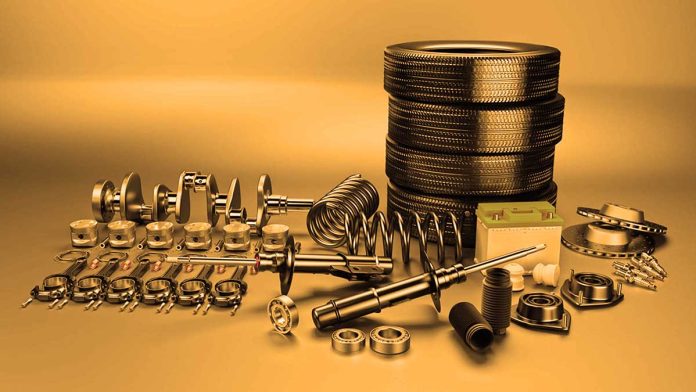When it comes to ensuring safety in both automotive and aircraft industries, the materials used to craft their components play a significant role.
These materials are not only durable but also designed to absorb and disperse energy during impact, offering protection where it’s needed most.
The hidden stars behind this resilience are advanced materials and engineering techniques that ensure both safety and efficiency, even under extreme conditions.
The role of advanced materials
Impact-resistant components are the backbone of modern vehicles and aircraft, designed to reduce the forces of impact and increase the protection of passengers.
Materials such as high-strength steel, carbon fibre, and titanium are often found in critical areas of automotive and aerospace designs.
These metals are lightweight yet incredibly strong, making them perfect for applications where both durability and performance are essential.
An interesting material in this field is clear polycarbonate sheets, which are frequently used for windows and windshields in both vehicles and aircraft.
Unlike glass, polycarbonate is highly resistant to cracking or shattering under pressure. This makes it a perfect choice for areas prone to impact, such as cockpit windows and side windows in cars.
Its strength, combined with transparency, makes it the material of choice for components that need to withstand significant forces while maintaining clear visibility.
Why impact resistance is crucial
The need for impact resistance in vehicles and aircraft cannot be overstated. In automotive design, the goal is to protect the occupants during a crash.
Engineers have created crumple zones, reinforced frames, and energy-absorbing materials that work together to distribute the energy from a collision, minimising the harm to those inside.
In aircraft design, the pressure is even greater. Parts of an aircraft are subjected to intense forces during flight, particularly during take-off and landing.
Impact-resistant materials are used in fuselages and wings to ensure that the aircraft can withstand such stresses without compromising the safety of the passengers.
Engineering innovations that improve durability
Innovation in engineering and material science continues to push the boundaries of impact resistance. Lightweight composites have emerged as a popular choice for both automotive and aircraft components.
These materials not only improve impact resistance but also contribute to greater fuel efficiency by reducing the overall weight of the vehicle or aircraft.
As fuel efficiency remains a key focus, these lightweight materials are essential in reducing consumption and emissions.
Moreover, 3D printing technology is now being used to create intricate components with superior impact resistance. This allows manufacturers to design parts that are both more resilient and tailored to the specific needs of the vehicle or aircraft.
The ability to print parts with high precision means less material is wasted, and the final product is both stronger and more cost-effective.
Resilience and innovation at its core
In conclusion, the secret to creating impact-resistant automotive and aircraft parts lies in the combination of advanced materials and continuous engineering innovation.
From clear polycarbonate sheets to lightweight composites and the potential of graphene, the materials of tomorrow will continue to redefine safety standards.
As technology advances, the resilience of these materials will ensure that both vehicles and aircraft remain safer, more efficient, and better equipped to handle the challenges of the road and the skies.
Also Read: Using The Car As An Advertising Medium: Here’s How

